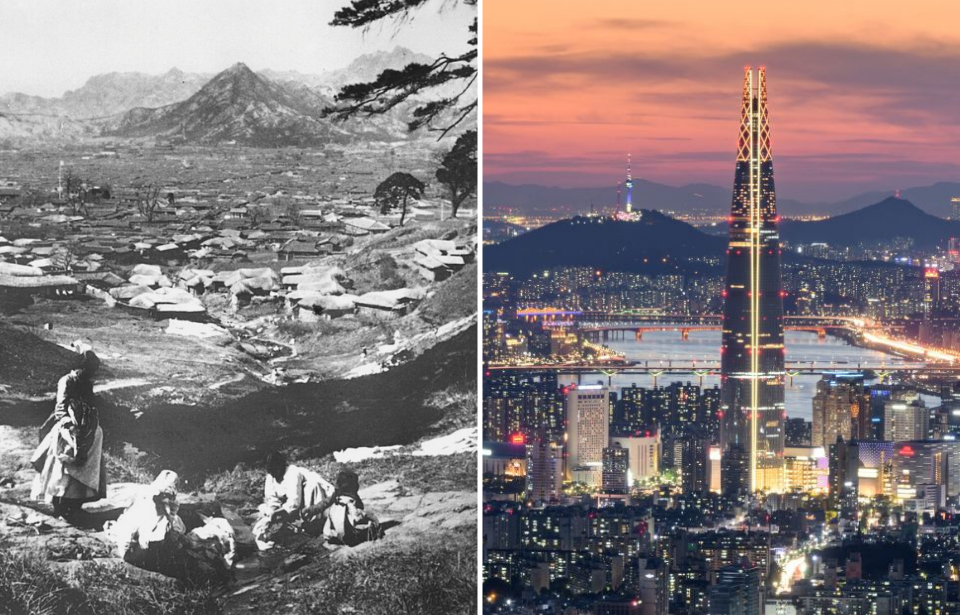One of our favorite activities is looking at how things have changed over the years, especially cities. Engineering and infrastructure went through extensive development during the 20th century, resulting in the most populous cities undergoing rapid growth. The following images show how much these urban metropolises have grown.
Manhattan, New York
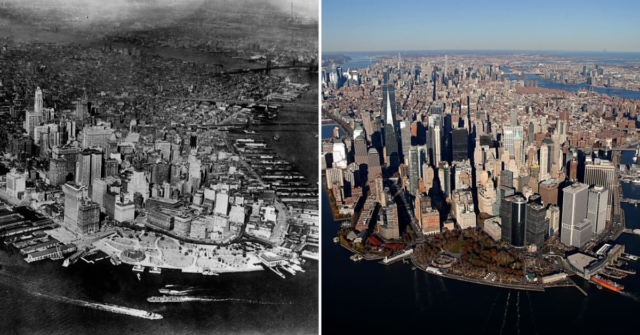
Manhattan is the most heavily populated area of New York City and is also a tourist mecca. Surrounded by the Hudson and East rivers, it was the founding place of New York City and is home to the city’s most notable neighborhoods, including Harlem and Washington Heights.
During the Roaring Twenties, Manhattan experienced an economic boom, brought about by the rebuilding of Grand Central Station. Today, it’s home to some of the most famous structures in America, including the Empire State Building, Times Square and Rockefeller Center.
Tokyo, Japan
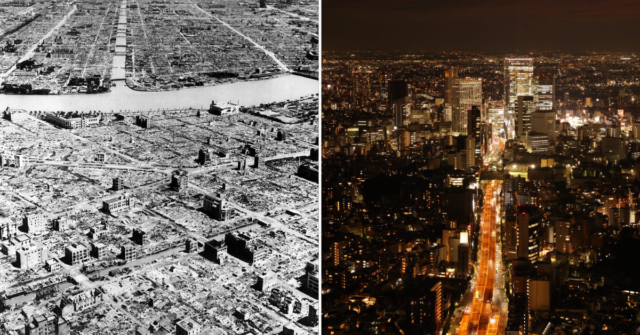
Between 1944 and 1945, the US Army Air Forces conducted numerous firebombing campaigns over Tokyo, Japan. The worst occurred on the night of March 9 and 10, 1945. Codenamed Operation Meetinghouse, it saw hundreds of Boeing B-29 Superfortresses drop over 1,600 tons of incendiary bombs on the city.
The raids destroyed much of the city, cut its industrial output in half and killed tens of thousands of people. Following the war, Tokyo struggled to rebuild, but it has since bounced back and become the most populous metropolitan area in the world. A memorial has since been set up in remembrance of those killed during Operation Meetinghouse.
Sydney, Australia
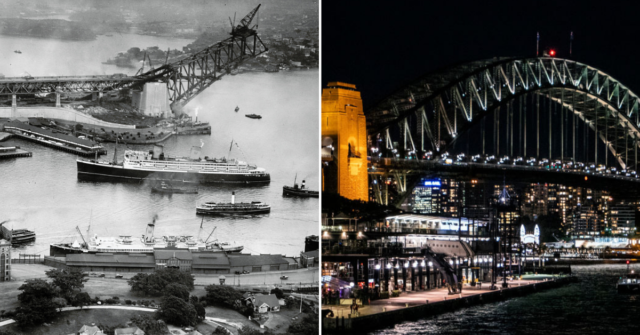
Construction of the Sydney Harbour Bridge in Sydney, Australia began in July 1923 and took nearly 10 years to complete. It opened to the public in 1932, and serves as the main transportation link between the city of Sydney and its suburbs. Along with having a roadway for vehicles, it also includes a railroad and pedestrian walkways.
Due to how deep the water in Sydney Harbour is, the bridge had to be constructed in a unique way, with both ends being built out from the banks, until they connected in the middle of the harbor. If that’s not ingenious engineering, we don’t know what is!
Bangkok, Thailand
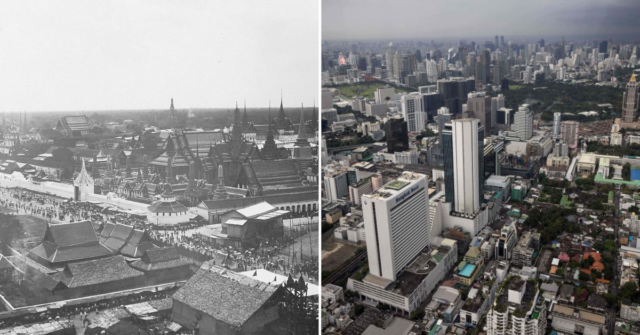
Bangkok is the faster growing urban area in Thailand, resulting in rapid urbanization. Those who visit the city on holiday typically do so with intentions of glimpsing its stunning historic architecture. To do so, they must drive past the numerous modern-day structures that have sprung up over the decades, making it feel like every other sprawling metropolis in South Asia.
Over the course of the 20th century, Bangkok expanded its limits from its original city center along the Chao Phraya River into neighboring provinces to its north and south. Its urban growth shows no signs of slowing down, and we expect it to keep expanding its borders in the coming decades.
Paris, France
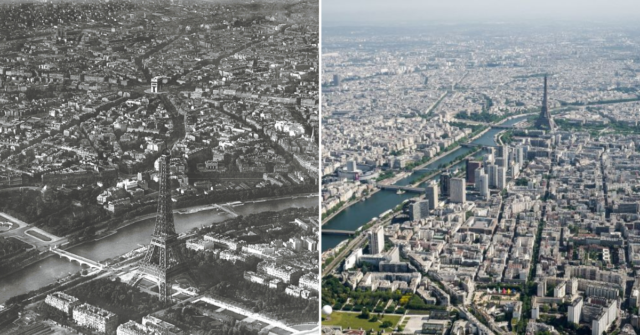
Paris, France is one of the oldest and most historic cities in Europe. Its past is a tumultuous one, with riots, uprisings, wars and the fall of its monarchy. During World War I, it was able to resist the German advance, but during World War II fell and suffered under their occupation until August 1944.
Today, Paris is one of the continent’s go-to tourist spots, with millions traveling there each year to visit the Eiffel Tower, the Catacombs and the Louvre, among other attractions.
Dubai, UAE
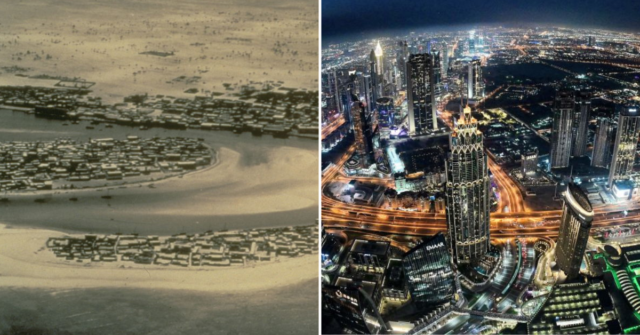
Dubai was established as a fishing village in the early 19th century and has gone on to become an economic hub. In the 1950s, it was growing in terms of infrastructure and trade, and following the discovery of oil in 1966, its population grew exponentially. It’s estimated that between 1968 and 1975, the number of people residing in the city grew by over 300 percent!
While an economic hub, many companies have been critical about setting up business in Dubai due to the UAE’s history of human rights abuses, especially in regard to its treatment of women. There have also been numerous reports about the poor living conditions laborers are forced to contend with.
Hong Kong
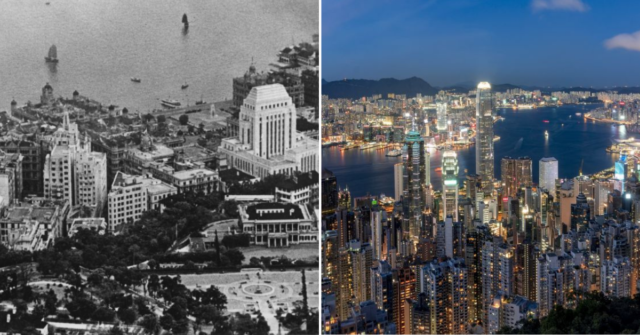
Hong Kong has a long and troubled history. From the 1800s until 1997, it was considered a British colony, after being ceded from Xin’an County at the end of the First Opium War. During this time, it was known as “British Hong Kong,” dropping the “British” after it was returned to China in the 1990s.
Hong Kong has been in the news a lot over the past few years, largely due to the pro-Democracy protests that have been occurring there. Calls for political and sociopolitical reforms are nothing new for its people, who have fought against the communist regime and ideologies of China. As with many other cities in Asia, it has a large population, which has lent itself to its rapid urban growth.
Toronto, Canada
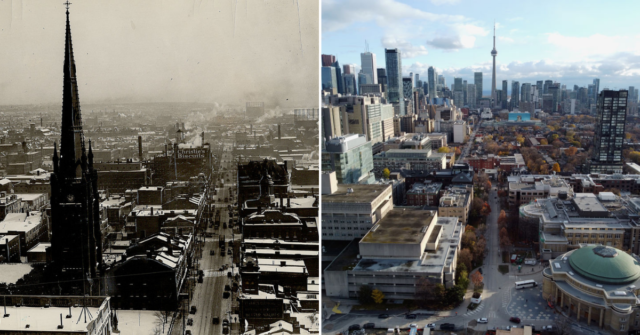
Most non-Canadians believe Toronto is the capital of Canada – which it isn’t. That’s Ottawa. It is, however, one of the country’s most populous and tourist-driven cities, and you’d be hard-pressed to find a Canadian who hasn’t visited it at least once.
During the 1930s, Toronto was far from the rich city it is today. The stock market crash of 1929 had a profound effect on the population, with 60 percent of workers having their wages reduced and another 30 percent losing their jobs altogether. This didn’t stop the construction of many of the city’s most iconic buildings, however, which some could say masked the poverty that ran rampant during the decade.
Berlin, Germany
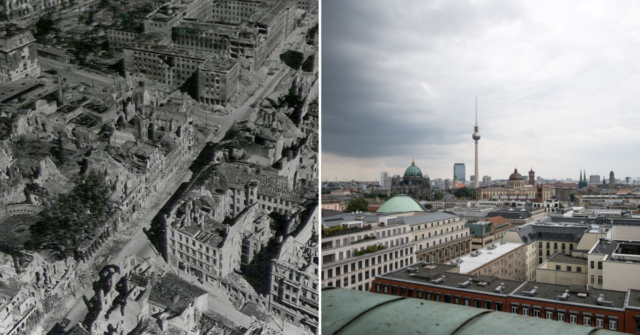
The Allies made a point of targeting Berlin during WWII. From April 16 to May 2, 1945, the city was engulfed by the Battle of Berlin, one of the last major offensives in the European Theater. The city was severely damaged by the Red Army, adding to the damage it had suffered during Allied air raids during 1943 and 1944.
As with other cities damaged during WWII, Berlin rebuilt. In 1961, it became split by the Berlin Wall, which stood until November 1989, at which time it began to be demolished. Today, it looks like any other major European city.
Rio de Janeiro, Brazil
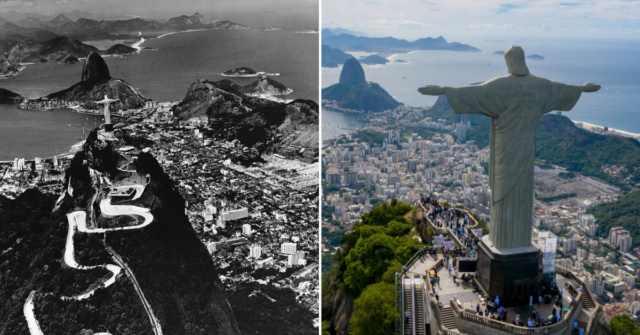
Rio de Janeiro has a long history. Located along the coast of Brazil, it’s best known for the Christ the Redeemer statue that stands atop Corcovado Mountain. It was designed by sculptor Paul Landowski and built between 1922 and 1930. Today, it’s known as one of the New Seven Wonders of the World.
In general, Rio de Janeiro is one of the most prosperous cities in Brazil (and the whole of South America), but in order for one to truly understand how resilient its population is, they must spend some time reading up on the Brazilian Revolution of 1930, which ended the First Brazilian Republic.
Seoul, South Korea
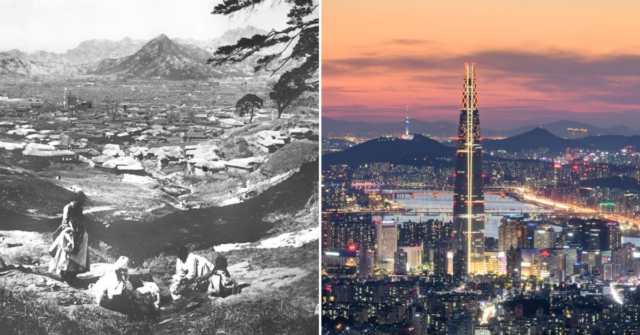
Seoul is the capital city of South Korea, and for many is considered its economic, political and cultural center. It was annexed by the Empire of Japan in 1910 and remained under colonial rule until 1945, during which time it was known as “Keijo.” Following its liberation, it was adopted as the capital of the Republic of Korea, and after the Korean War was named the capital city of the newly-established South Korea.
Following the war, Seoul underwent a massive modernization effort, and today is one of the most well-known cities in Asia. While home to South Korea’s government, it is also an economic and entertainment hub, largely known for being the epicenter of K-Pop and the country’s music industry.
Athens, Greece
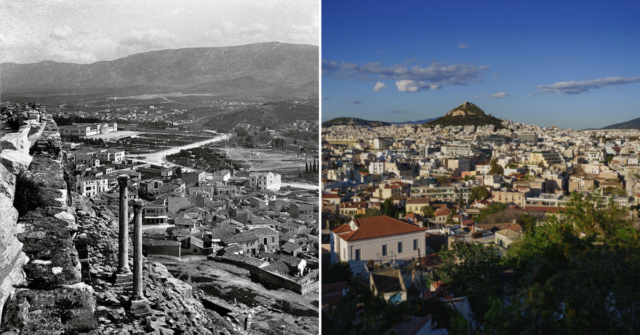
When you think of Greece, one of the first things that comes to mind is Athens. The country’s capital, it was known in historic times for being a cultural and political hub – so much so that it has been dubbed the “birthplace of democracy” and the “cradle of Western civilization.” It’s also where the first ever Olympics were held, and even today its ruins are among the most popular attractions in the country.
More from us: Travel Back in Time to These Charming Historic Villages Near London
Athens continues to hold an important place in the world, and while Greece as a whole might be struggling with an economic crisis, it remains one of the most heavily-traveled tourist spots in Europe.
